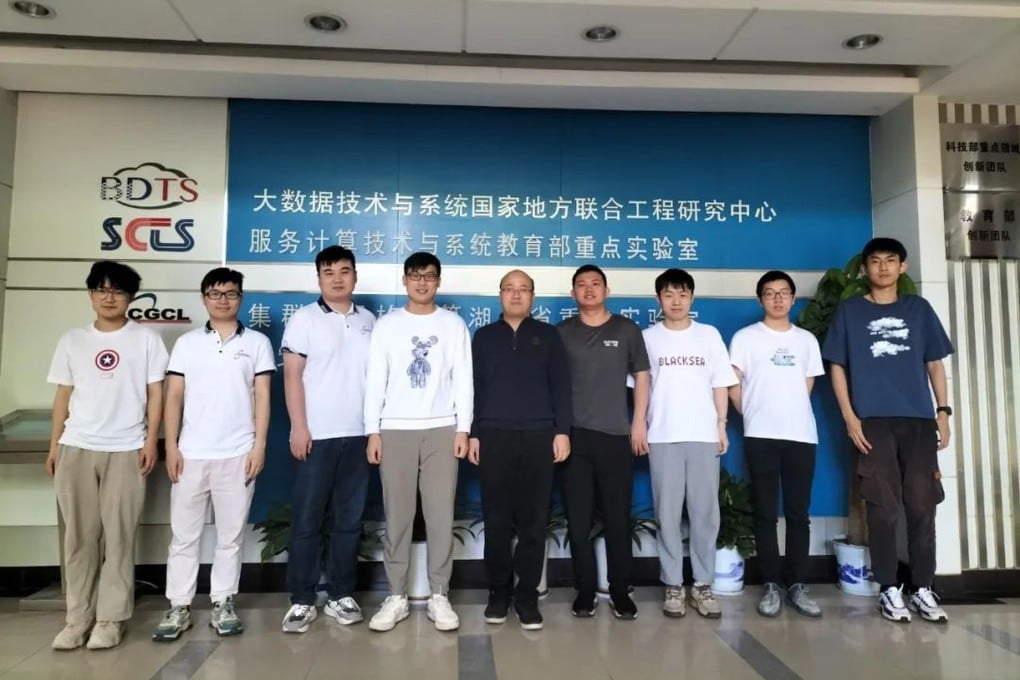Chinese students’ dream device defeats Japan’s most powerful supercomputer in world contest
- DepGraph Supernode, started as a training project at Huazhong University of Science and Technology in Wuhan, was nearly twice as fast as nearest competitor
- Secrecy of Chinese authorities regarding their large computers makes it difficult to accurately rank supercomputers from around the world, according to experts

A small computer developed by Chinese students outperformed Japan’s most powerful machine in solving a major complex data problem related to artificial intelligence, according to the latest global ranking.
Supercomputer Fugaku in Japan has nearly 4 million CPU cores, making it the second-largest computer ever built.
DepGraph Supernode, which was started as a “training project” by graduate students at Huazhong University of Science and Technology in Wuhan, has 128 cores.
But the DepGraph was nearly twice as fast as Fugaku in solving a single source shortest path (SSSP) problem, a difficult graph problem affecting the performance of artificial intelligence in a wide range of sectors, according to the annual Graph500 ranking released by the International Supercomputing Conference early this month.
“It felt like a dream,” first-year graduate student Shen Qiange said, according to a report by China Science Daily on Monday.
